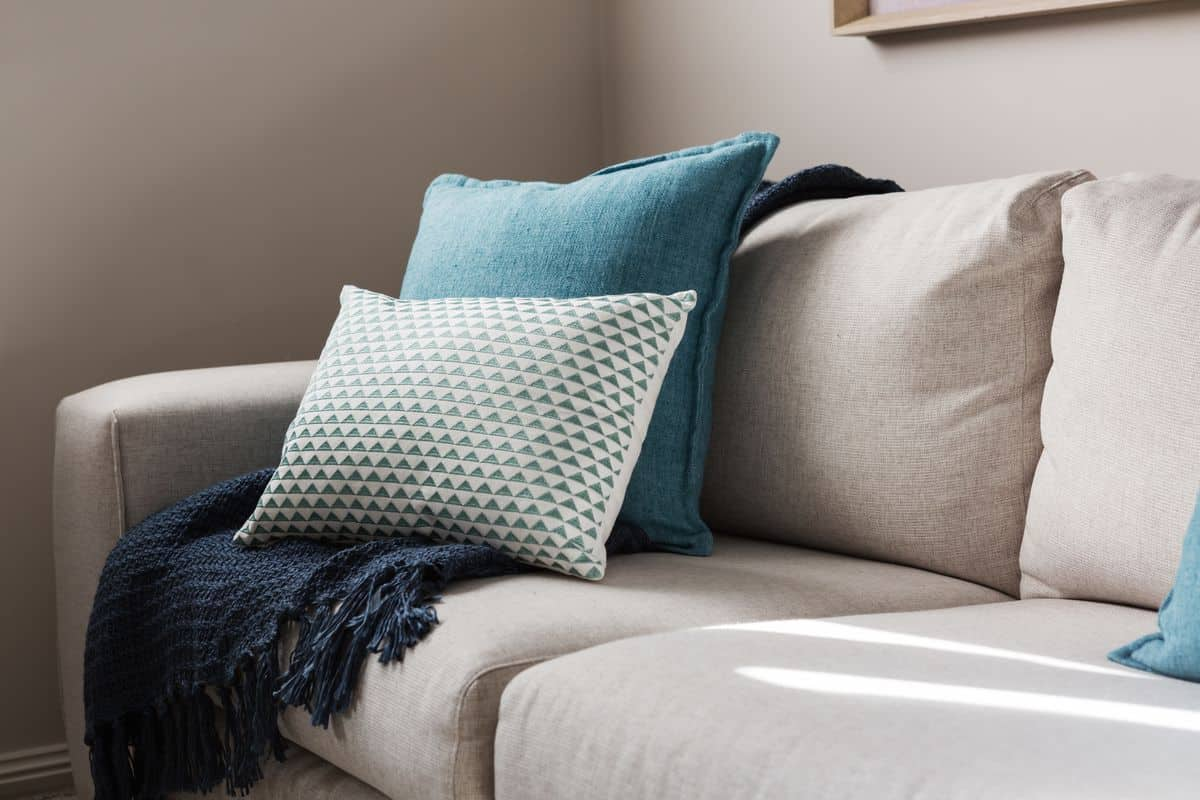Selecting the perfect sofa material is essential when looking for comfort, durability, and style. The right fabric can define the look of a living room, dictate how long your sofa will last, and determine how much maintenance it will require. This guide will help you navigate through the different materials available, balancing practicality with aesthetics, to find the ideal choice for your home.
Prioritizing Comfort in Your Selection
When it comes to sofas, comfort is king. The feel of a sofa material against your skin can be the deciding factor for many.
Soft Fabrics for a Cozy Feel
Materials like cotton, linen, and velvet offer a soft touch that is inviting and warm. These fabrics provide a comfortable seating surface that is perfect for lounging. Consider the thickness and weave of the fabric as well, as these can affect the softness and overall comfort level.
Leather for Luxurious Comfort
Leather is another popular choice for sofas, known for its supple texture and comfort that improves with age. It conforms to your body shape over time and offers a unique combination of softness and support. When choosing leather, think about its grade and finish, which can influence the feel and comfort of the sofa.
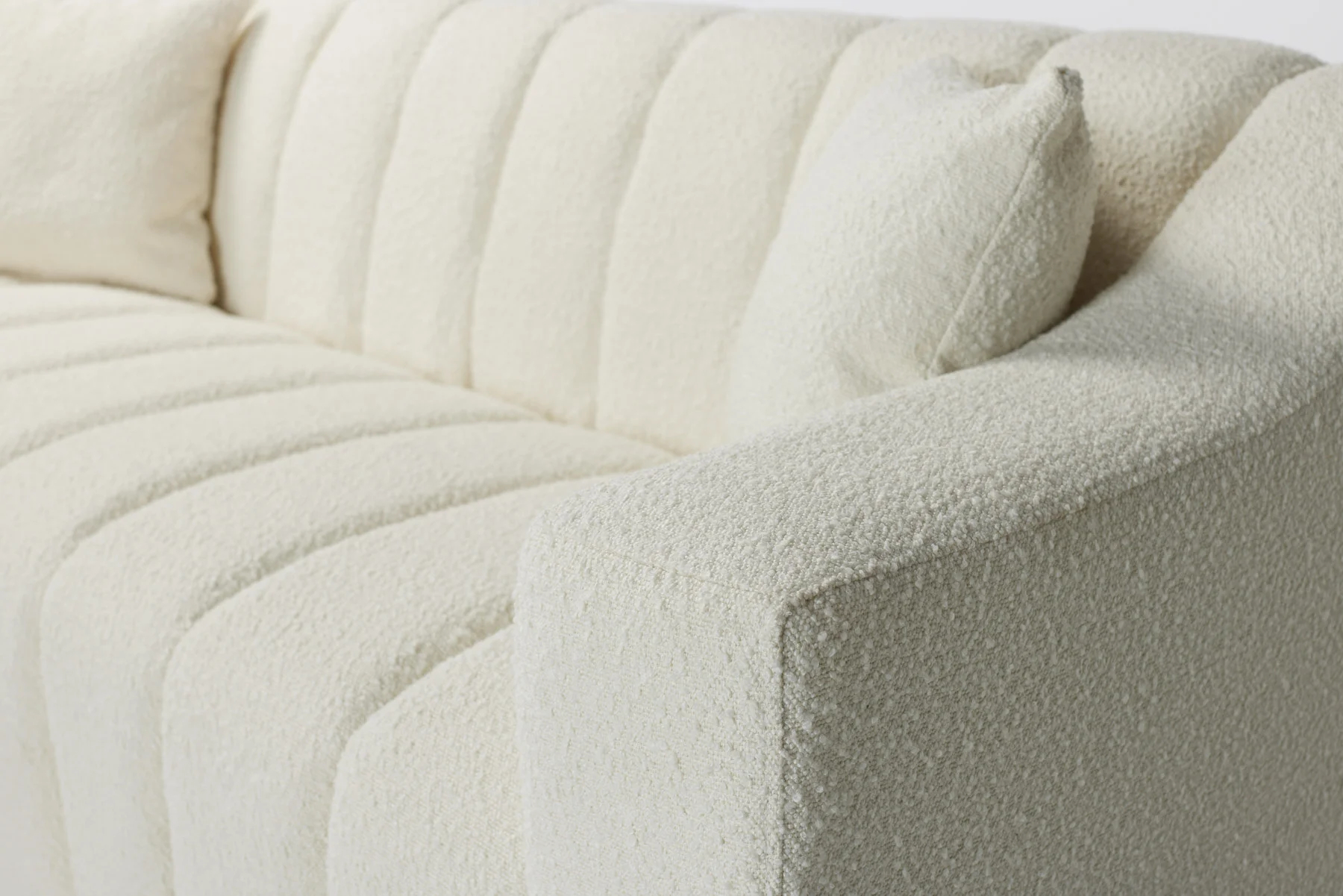
Assessing Durability for Long-Term Use
A sofa is an investment, so you’ll want a material that can withstand the test of time and daily use.
High-Performance Fabrics for Active Households
For households with children, pets, or a high level of activity, consider high-performance fabrics like microfiber or acrylic. These materials are designed to resist stains, fading, and wear, making them ideal for busy living spaces.
Leather and Woven Textiles for Strength
Leather is known for its durability, often lasting for years without significant wear. Similarly, tightly woven textiles with high thread counts are less likely to tear and can hold up well against daily wear and tear. When examining fabrics, check for double-stitched seams and reinforced stress points, which contribute to the overall durability of the sofa.
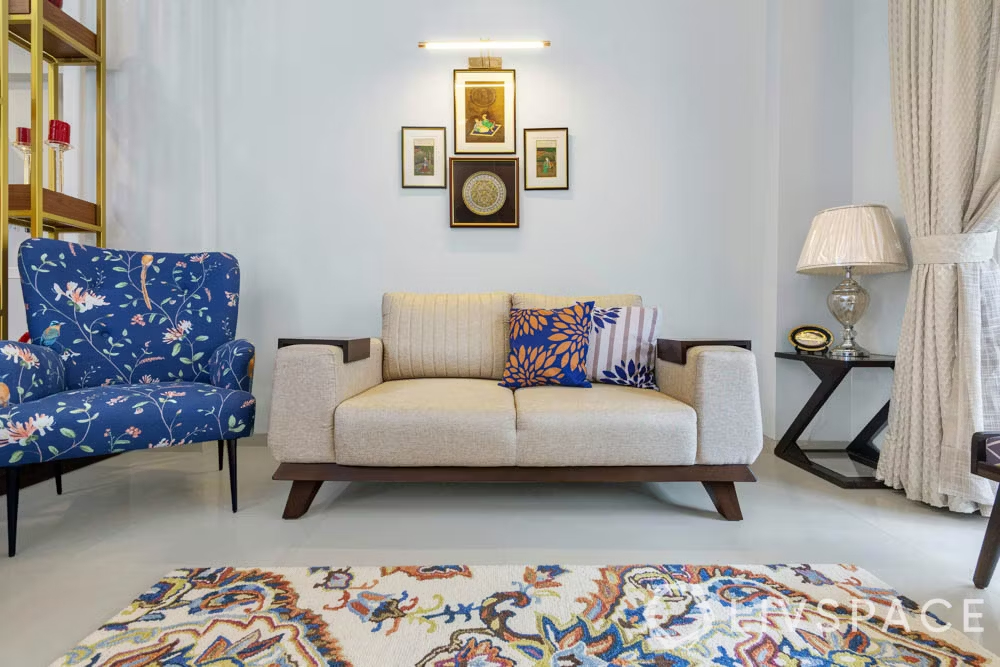
Balancing Maintenance and Lifestyle Needs
Your lifestyle and willingness to maintain the sofa should influence the material you choose.
Easy-to-Clean Options for Low Maintenance
Some sofa materials are easier to clean than others. Synthetic fibers like polyester and nylon are generally less absorbent and can be cleaned with minimal effort. Removable and washable cushion covers can also be a practical feature, especially in homes with young children or pets.
Considerations for Natural Materials
Natural materials like leather and cotton may require more care, such as regular vacuuming, spot cleaning, or conditioning. However, their natural patina and texture can add character to a room. If you opt for a natural material, be prepared for the necessary upkeep to keep your sofa looking its best.
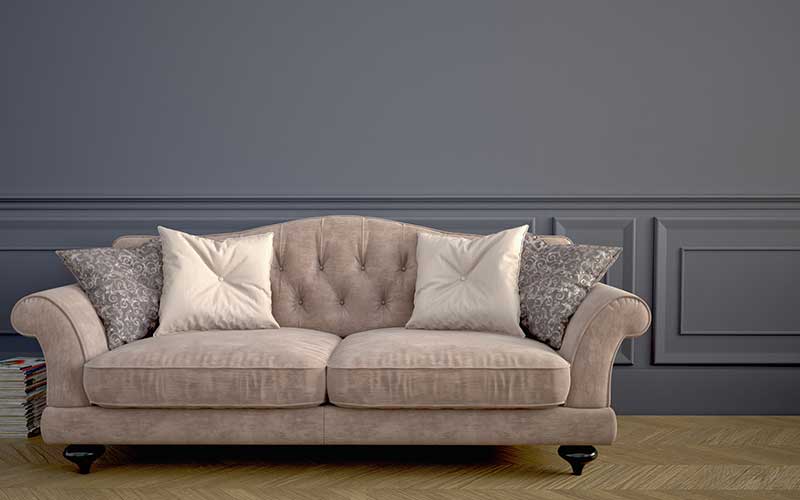
Integrating Style with Functionality
While practical considerations are important, the style of the sofa material should also align with your personal taste and home decor.
Aesthetic Appeal of Various Fabrics
The texture, pattern, and color of a sofa material can greatly influence the aesthetic of a room. Choose a fabric that complements your decor style, whether it’s a classic leather for a traditional look or a bold printed fabric for a contemporary space.
Coordination with Other Room Elements
Consider how the sofa material will coordinate with other elements in your room, such as curtains, rugs, and accent pieces. The material should not only stand out on its own but also harmonize with the overall design scheme of your living space.

Understanding Material Grades and Quality
The quality of the material you select for your sofa will greatly influence not only its appearance but also its longevity and resilience to daily stresses.
Assessing Top-Tier Textiles
When exploring high-grade textiles, look for indicators of quality like thread count and tightness of weave. Premium fabrics often boast greater density, which can enhance both the tactile feel and the durability of the sofa’s surface. For leather options, full-grain and top-grain selections stand out for their strength and ability to develop a desirable patina over time.
For those on a budget, there are still many options that don’t skimp on quality. Bonded leather and polyester blends offer a balance between cost-effectiveness and durability. While they may not have the same prestige as their higher-end counterparts, advancements in textile technology have greatly improved their texture and wear resistance, making them suitable choices for many households.
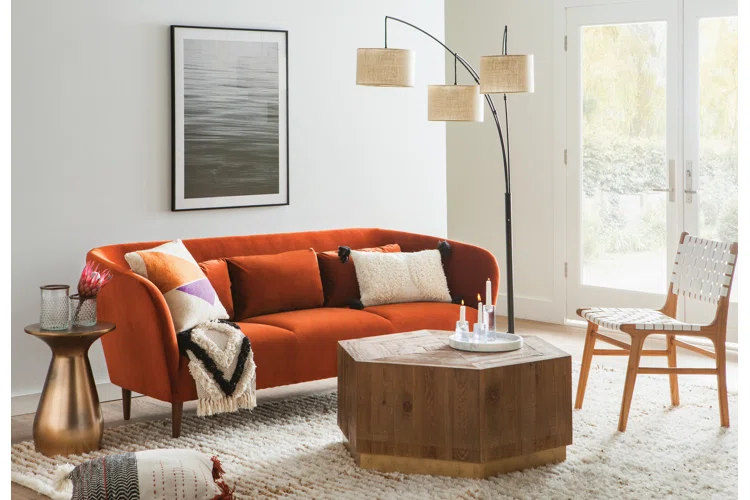
Reflecting on Environmental and Health Impacts
The material you choose for your sofa can also have environmental and health implications, which might influence your decision.
Eco-Friendly Materials and Certifications
If sustainability is a priority, seek out eco-friendly materials such as organic cotton, recycled polyester, or eco-leathers. Look for certifications like OEKO-TEX or GREENGUARD, which indicate that the fabric meets environmental and low-emission standards.
Hypoallergenic and Non-Toxic Choices
For those with allergies or sensitivities, hypoallergenic materials can make a big difference. Natural fibers that are untreated or minimally processed can reduce the presence of allergens. Additionally, non-toxic materials free from harmful chemicals ensure that your living space remains a safe haven for you and your family.
The Final Verdict: Personal Preference Meets Practicality
Ultimately, choosing the right sofa material is a personal decision that hinges on balancing your individual preferences with the practical aspects of your lifestyle.
Marrying Desire with Daily Life
Consider how you will use the sofa daily, the amount of maintenance you’re willing to commit to, and the long-term value you expect from your purchase. Your personal style should resonate in the material you choose, while also accommodating the practical demands of your day-to-day life.
Test and Experience Before You Decide
Where possible, test out different materials in-store to gain a firsthand experience of their look and feel. Sit on them, touch them, and imagine them in your home space. Ask for samples to take home, if available, so you can see how they complement your interior under different lighting conditions.
Making the Best Choice for Your Home
Selecting the ideal sofa material is akin to choosing the perfect mini billiards table—it’s about balancing comfort, durability, style, and maintenance. Whether you’re drawn to the inviting softness of plush fabrics, the opulent touch of leather, or the utilitarian advantage of synthetic fibers, there’s a material tailored to your living space requirements. It’s important to engage with different textures, much like you’d test the felt of a mini billiards table, imagine them in your decor, and assess their longevity. With a thoughtful choice, your sofa can become an enduring hub of relaxation and elegance, just as a mini billiards table can serve as a long-lasting source of entertainment and charm in your home.
